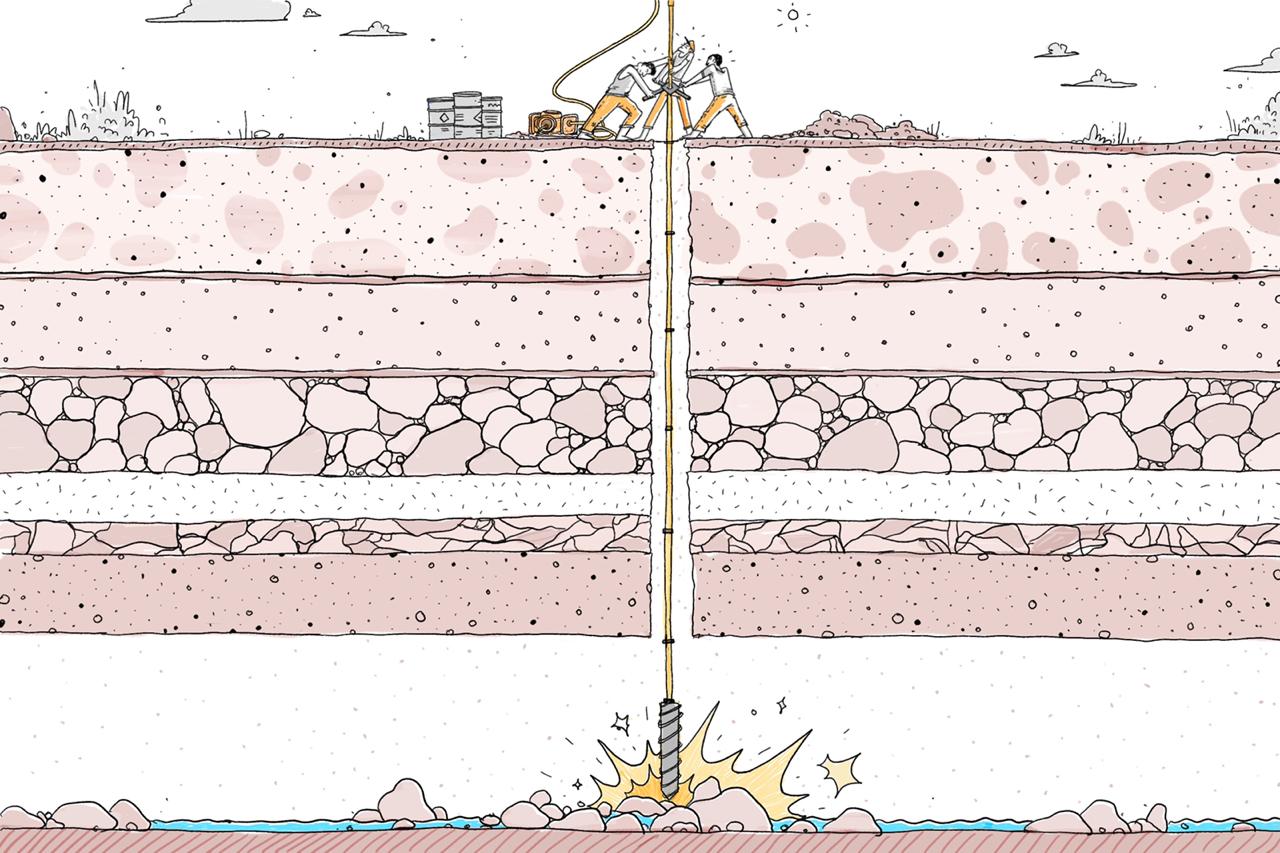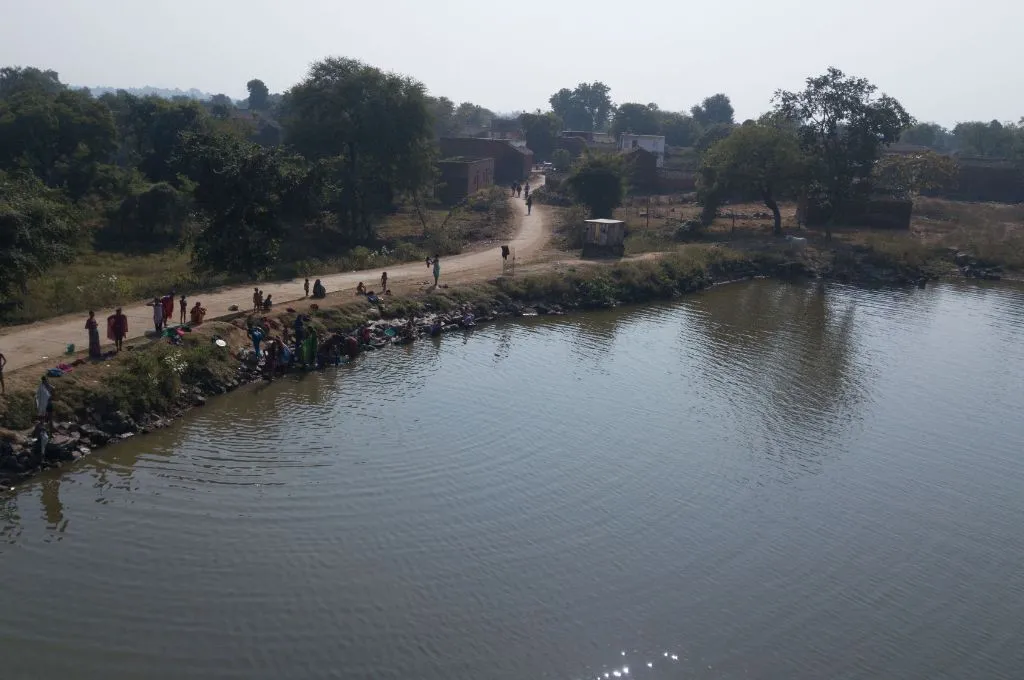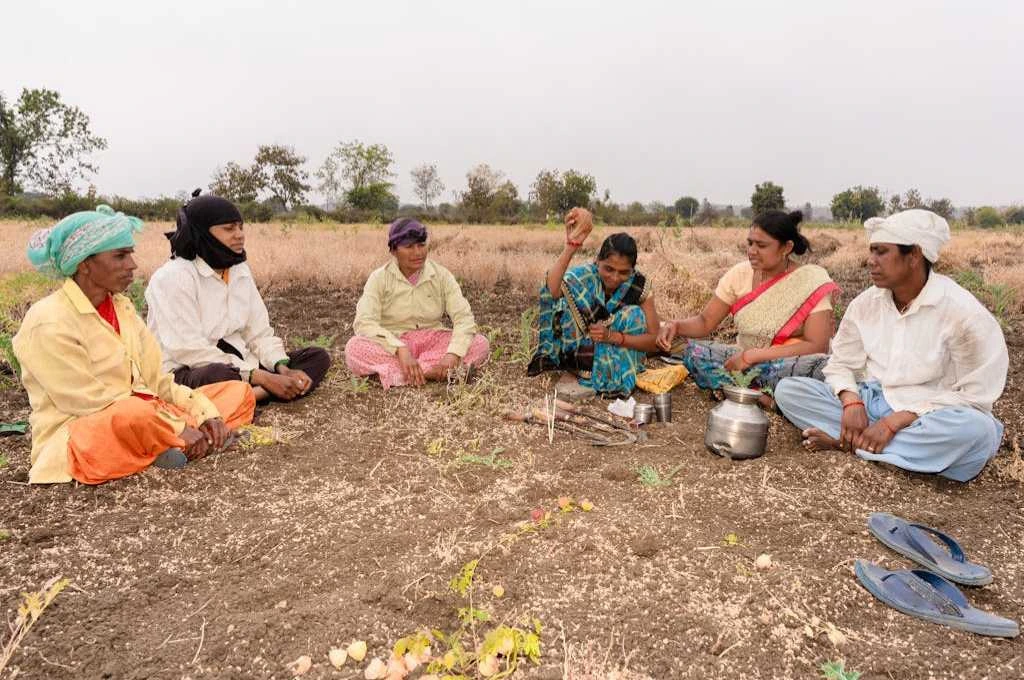A majority of India’s water problems are those relating to groundwater—water that is found beneath the earth’s surface. This is because we are the largest user of groundwater in the world, and therefore highly dependent on it. At just over 260 cubic km per year, our country uses 25 percent of all groundwater extracted globally, ahead of USA and China. And because 70 percent of the water supply in agriculture today is groundwater, it will remain the lifeline of India’s water supplies for years to come.
Despite this, we have an extremely poor understanding of groundwater, which impacts both policy and practice. In our conversation with Himanshu Kulkarni and Uma Aslekar of Advanced Centre for Water Resources and Development (ACWADAM), they walk us through some of the reasons why this is the case.
Why is it that we neither understand nor prioritise groundwater in our policies?
This is largely because of two reasons: Groundwater is invisible—it is literally not visible to the eye because it is well below the ground. What is out of sight, is usually out of mind! Groundwater is also a highly complex subject that is governed by many ‘conditionalities’. It is this ignorance, by both users and people in governance, that has contributed to the situation we find ourselves in today.
Moreover, groundwater education still focuses largely on ‘exploring’ new sources of groundwater that will lead to the ‘development’ of groundwater resources. The subject of groundwater in aquifers is often considered quite complex as compared to providing groundwater supplies from wells, even if these wells continue to become deeper and deeper as groundwater levels decline. In the gap between supply on one side, and demand on the other, we are losing out on components of groundwater management from many systems of education delivery.
We need a demystified but correct understanding of aquifers (underground rocks that are sources of groundwater), their properties and how they are used, so that we can make the critical mass of users and decision makers understand them and act on them appropriately.

We neither understand nor prioritise the groundwater issue because what is out of sight, is usually also out of mind. | Illustration – Priya Dali
What will that take?
We at ACWADAM conduct training programmes for various organisations and government agencies. If one is explaining the concept of aquifers, for instance, the semantics, pedagogy, and the delivery of training on the whole will need to be different for different stakeholders.
The ability to clearly articulate and communicate the groundwater problem is the key to implementing processes of groundwater management.
If one has to explain aquifers to a groundwater agency, hydrogeologists, or people with a technical background, one will need to use a different language than that when one is speaking to communities and end users.
Similarly, the lexicon on groundwater will need to be completely different if one is talking to decision makers and technocrats, who have no technical knowledge on the subject. The ability to clearly articulate and communicate the groundwater problem and the possible solutions, is therefore, the key to implementing processes of groundwater management.
If you were to state, simply, the primary issues when it comes to groundwater in India, what would they be?
There are basically three issues. The first is depletion. Our wells and springs are drying up, and as a consequence of this depletion, our groundwater quality is also deteriorating.
When there is less water in an aquifer, the concentration of ions increases. When aquifers get recharged sufficiently, contaminants are diluted. Whether it is groundwater use in agriculture or in domestic supply, serious issues of contamination like fluoride and arsenic, which are no longer isolated cases and are found across large regions of the country, must be addressed. This contamination is the second problem, and it is very often related to the first problem of depletion.
How does one make the connection between the environment and groundwater, especially when that connection has been altered and severed?
The third, which is not readily perceived as a problem, is that of the increasing disconnect between groundwater and ecosystems, particularly due to the environmental impact of depletion and contamination. As a consequence of large-scale groundwater usage for human needs, the value of the service that aquifers provided to the environment—say to river flows—has significantly reduced. How does one then make the connection between the environment and groundwater, especially when that connection has been altered and severed?
Therefore, we need an integrated approach. Even if in one area, depletion seems to be the biggest problem, we need an approach that addresses contamination, and recognises the ecosystem role of groundwater in resolving the problem of depletion. Doing one and not the other will not help resolve any one problem in its entirety.
How then, do we solve the problem in its entirety, at scale?
Broad brush approaches implemented at scale will not work. Let us consider an example: you have a new idea to solve a groundwater problem, and it has five critical elements. The district you are working in has 20 talukas. You cannot implement all five components of your idea in those 20 talukas. So, what will you do? You will likely take the easiest option and leave the rest. This doesn’t work out since the complex natures of aquifers and human behaviours cannot be solved with a broad brush of a simple, big ticket solution. You need an appropriate (scientifically validated) and acceptable (communities must be able to agree and co-operate in implementation) solution to make impact.
Many policy-makers prefer solutions at scale that create a buzz in the short-term rather than an impact in the longer-term.
Alternatively, you might choose to implement all five ideas in one village of each taluka, where they are possible to implement. But then scaling-out such solutions becomes challenging. There are thus no big-ticket solutions in groundwater. All the same, it is necessary to work at the micro level even though it is challenging to engage with policy makers who would rather have groundwater solutions that run across large swathes of the landscape; many of them would prefer solutions at scale that create a buzz in the short-term rather than an impact in the longer-term.
Given these inherent challenges, what is it that India needs to do?
If we are to address our water problems, there are a few things that the country needs:
Aggregate micro-level solutions to construct a larger picture that can inform policy
Groundwater in India is rather disaggregated in terms of its occurrence, usage, and problems. Hence, we need disaggregated approaches leading to customised solutions that are appropriate to locations and situations of groundwater problems. Further, it is important to pull together these smaller solution pieces to construct a larger picture. This is the reason why we need practitioners who have worked on the ground and attempted to solve the problems, to be actively involved in policy framing; else, things will not change and the divide between policies, and practices on groundwater management will only continue to widen further.
Stronger public institutions dedicated to groundwater management
Additionally, we have an institutional vacuum when it comes to dealing with groundwater. Let us consider an example from Maharashtra. More than 80 percent of Maharashtra’s rural drinking water supply comes from groundwater wells. Protecting and sustaining this source is a function of how groundwater is used in agriculture so that drinking water supply in the villages of the state remains secure.
The Ground Water Survey and Development Agency (GSDA) falls under the ambit of the Ministry of Drinking Water and Sanitation. It has little to do with water used for agriculture—which accounts for less than 5 percent of water used in rural Maharashtra—and hence cannot influence policy or usage with respect to that. Organisations like GSDA must be strengthened and encouraged to engage in partnership models of working with grassroots organisations that are working on community-level water management.
This is just one example of how a lack of institutional thinking impacts solutions. Many states don’t even have a GSDA equivalent. Strengthening agencies dealing with groundwater becomes quite important in this regard.
To demystify the science and involve people in solution-making
Some important questions we need to consider include: How does one get people to participate and cooperate in efforts dealing with groundwater management? How do communities convert competition and conflict to participation and cooperation? Our experience at ACWADAM is that when you undertake an effort in demystifying science, and involve communities and committed people in the development of that science, you can achieve improved decision making at any level. And once you achieve this, your outcomes automatically change even though they are often not ideal. However, even such imperfect outcomes significantly enhance water security in regions that depend on groundwater.
More attention and investment in promoting partnerships and collaborations
There is a grave need for infusing interdisciplinary science in the processes of groundwater management and governance. Only if and when such science is made to bear upon achieving decentralised water governance, will we be able to solve many problems on groundwater. It is important, therefore, to realise that no single agency holds the key to problem identification and resolution in the sector of groundwater. Hence, catalysing collaborations that integrate the many disciplines required to develop sustainable groundwater management solutions, is needed; such partnerships must form the backbone of public efforts to protect, restore, and manage groundwater resources.






